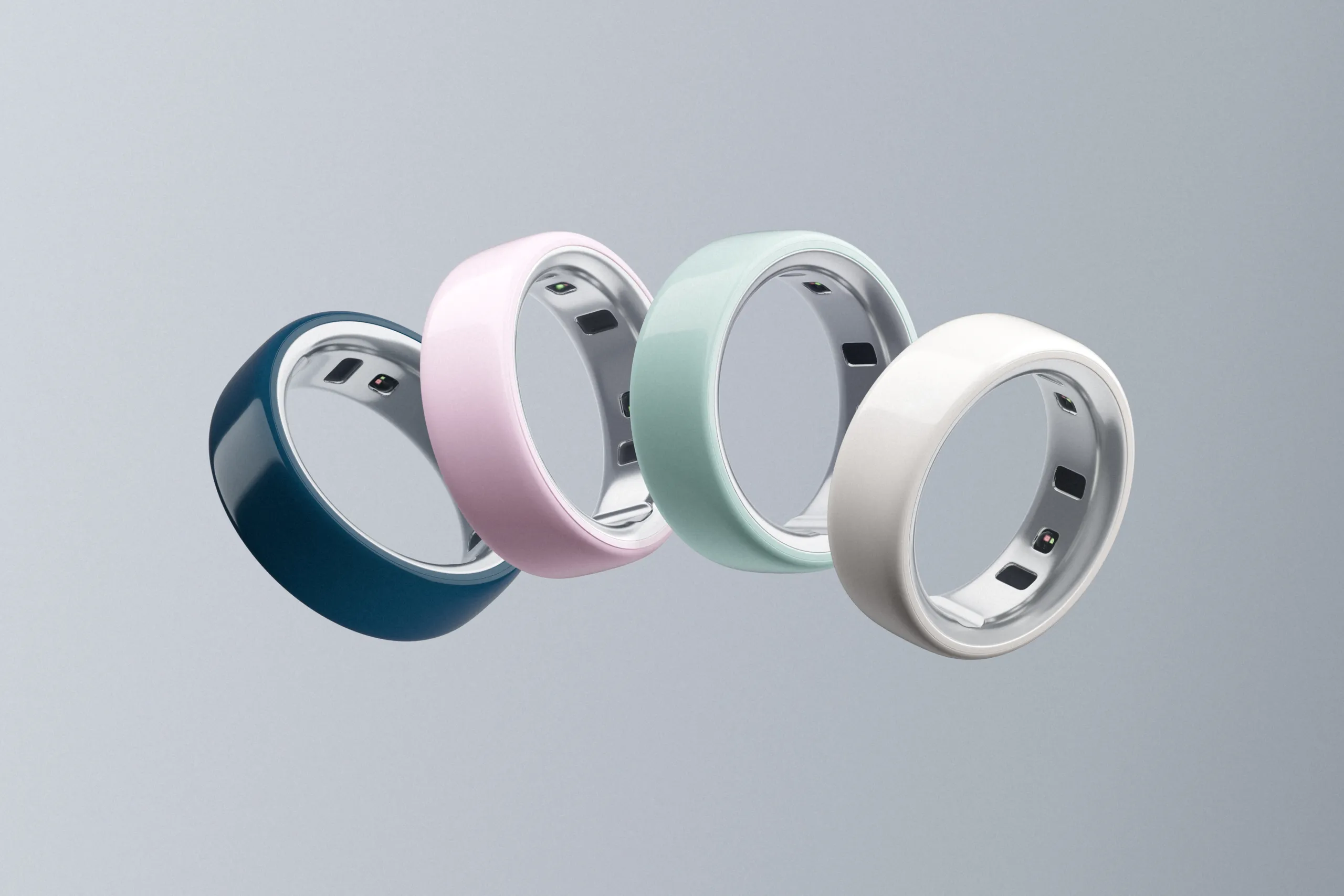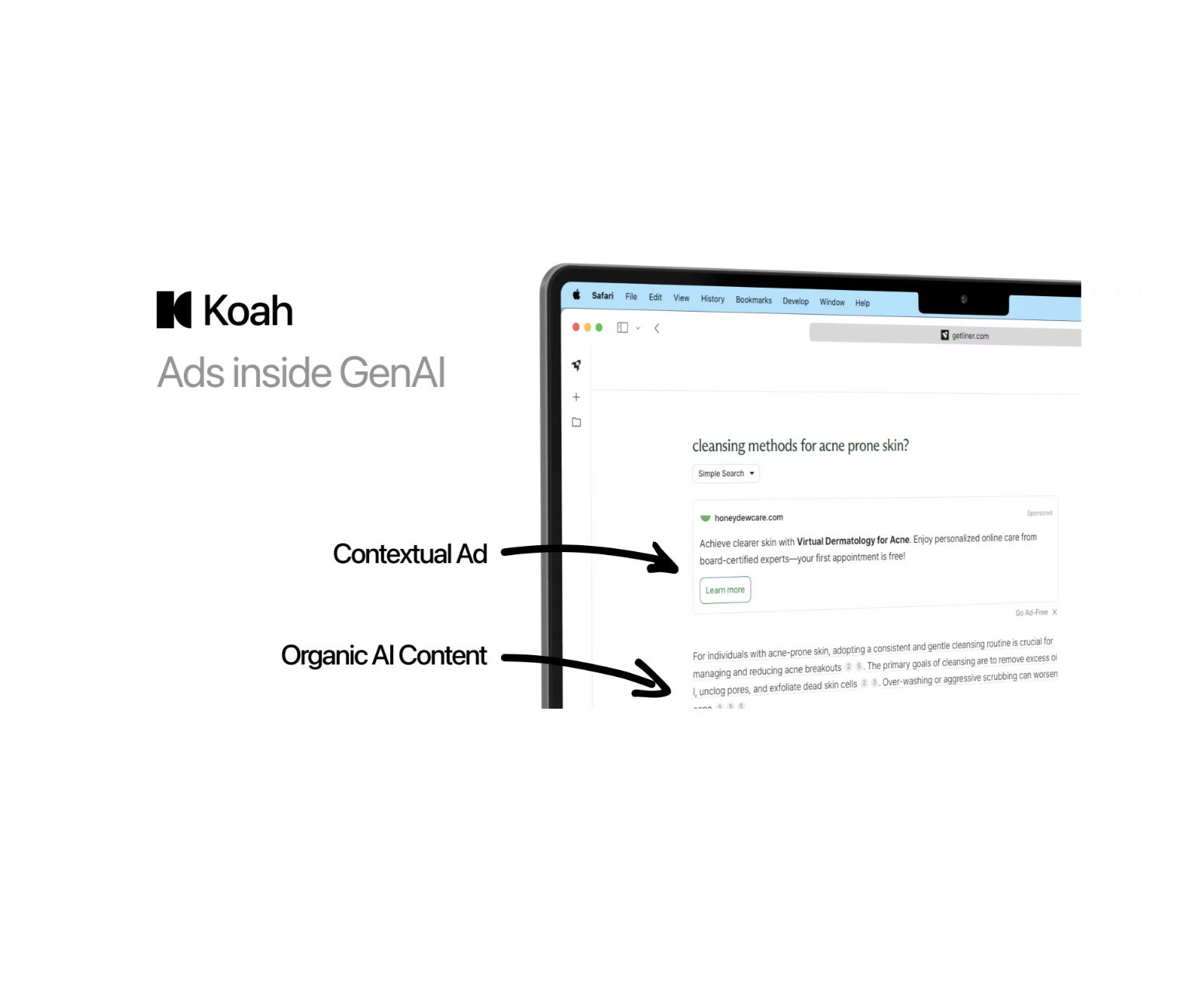On Track for $1 Billion in Revenue in 2025, Oura Reaches New Heights in Proactive Health
At Forerunner, we've always believed the most enduring, generation-defining businesses emerge when shifting consumer needs collide with breakthrough technology, paving the way for new dimensions in how people engage with their lives, their personal data, and ultimately themselves.
Few domains embody this collision more powerfully than health—the most fundamental aspect of human experience that has, until recently, remained largely opaque and reactive. For most of history, we've navigated our health through delayed signals and external expertise, with limited visibility into the real-time patterns that drive how we feel, perform, and recover. In other sectors of our lives, such as commerce, communications, and transportation, technology has enabled us to be informed and proactive. The most critical area of our lives, health, is a more complicated feat for sure — but undoubtedly one of the most important opportunities of our time.
Oura has met this opportunity in a way few believed could be possible. Today, we celebrate a milestone that few saw coming: 5.5 million rings sold, $1 billion in revenue for 2025, and a $900M Series E at an $11 billion valuation.
When we first led the series B over five years ago, Oura was a ~$20M Finnish startup beloved by biohackers, but largely unknown to the world. Today, Oura is the definitive answer to healthcare's fundamental challenge: how can we shift from reactive sick-care to proactive well-care through some of our most critical daily routines?
The Big Bet: Sleep as the Foundation for Health
What differentiated Oura from the beginning wasn't just the elegant titanium hardware, though it was the only biometric tracker in a ring form factor at the time. The real differentiator from existing incumbents like Garmin and Fitbit was Oura’s bold, contrarian bet that the key to health is not actually more activity; the key to health is Sleep. One stat from Oura’s original pitch deck crystallized everything: less than 5% of the population exercises regularly, but 95%+ sleep every night. Oura was invented to help the 95% of the population who want to be healthier too.
While the wellness world focused on easier metrics like step counts and basic heart rate, Oura invested a decade in hardcore science: validating our technology against gold-standard polysomnography, building multi-sensor hardware that could capture not just heart rate but also heart rate variability and temperature fluctuations with medical-grade precision, and of course, engineering a unique ring form factor comfortable enough for 24/7 wear. Let’s not forget the long battery life, which made this ring a no-brainer to seamlessly incorporate into daily life.
Oura is the champion of what was once a lesser-known but universally critical truth: Better Sleep = Better Health.
Whether you're an athlete tracking recovery and readiness, an employee or student simply trying to feel better tomorrow, or someone wanting to live longer, and better — the path forward is the same: start with a better night's sleep.
From Cult Following to Global Health Platform
In the early days, Oura was the cult ring spotted on celebrity fingers – Prince Harry, Tom Brady, Jack Dorsey, Jennifer Aniston – creating the kind of buzz that money can't buy (and that we didn’t buy!). But we never set out to build a celebrity accessory. The vision was always universal: everyone, from a frontline worker to a postpartum mother, an active hobbyist, and a grandmother, wearing a ring to understand their bodies better and get actionable insights to improve their health.
The numbers tell the story of this vision becoming reality:
- 50x revenue growth since 2019
- A profitable hardware-plus-membership model.
- 51% of users are managing chronic conditions, 11% being healthcare providers themselves
- 5.5+ million rings sold and lives improved
When the U.S. Department of Defense deploys rings to service members for fatigue tracking, when healthcare systems enable people to integrate their data into clinical workflows, when pregnancy and metabolic health features drive mainstream adoption—you know you've moved beyond “wearable tech” to becoming an essential part of people’s lives.
The Inflection Point: Category Definition Requires Bold Leadership
As early-stage investors, we look for ambitious founders who combine bold vision with disciplined execution—the rare ability to disrupt entire markets while building brick by brick. Finding this combination is hard enough. Finding it with proven leadership experience at scale? That is what’s lovingly called "the purple squirrel."
Tom Hale is a purple squirrel.
Bringing Tom in as CEO in 2022 was transformational. He had navigated this exact inflection point before, taking breakout companies from startup to scale, but Oura presented unique complexity: global operations spanning Finland and the US, business models crossing hardware, software, subscription, corporate partnerships, and scientific advancements, plus the challenge of scaling a beloved brand without losing its soul. We were growing beyond what our existing team and processes could handle.
Tom did exactly what great leaders do: he put out the bat signal and assembled a world-class team. Michael Chapp remained the organizational glue while Holly Shelton took the product reins on hardware and software. Doug Sweeny came in for marketing and retail, Dorothy Kilroy built our commercial partnership muscles, Dr. Ricky Bloomfield joined as Chief Medical Officer. The list goes on. Each powerhouse leader made executing our grand vision a reality.
At this point, Oura wasn't just taking flight; it was an undeniable rocket ship.
The Thesis Plays Out at Scale
What's most compelling about today's milestone is how it validates our original conviction. The hardware creates the data moat, the subscription model (now 20% of revenue and growing) drives recurring engagement and retention, and the ecosystem extensions—from women's health features to HSA/FSA eligibility to international expansion—prove the platform potential we saw from the beginning.
While other efforts chase features, Oura built something fundamental: the daily habit of health consciousness, powered by technology that actually changes behavior. Tom's recent comment about his "strongest quarter in 130 quarters of business" reflects a company with incredible economics at the center of an evolving cultural moment.
The Starting Line, Not the Finish Line
This milestone represents something rarer than "decacorn" status—it's proof that the most important markets often hide in plain sight. For decades, health technology chased the dramatic: emergency response, surgical robotics, drug discovery. Oura proved the biggest opportunity was in the mundane: helping people understand why they feel tired, when they're getting sick, how last night's sleep affects today's—and tomorrow’s—performance.
We backed Oura because we saw sleep as the gateway to proactive, personalized, continuous health. But the future Oura is building isn't just better sleep tracking, it's a world where health insights are as immediate and actionable as checking your bank balance or the weather.
Oura’s $1 billion in revenue, 5.5+ rings sold, and $11 billion valuation is validation that we are actually still quite early in what’s possible.





